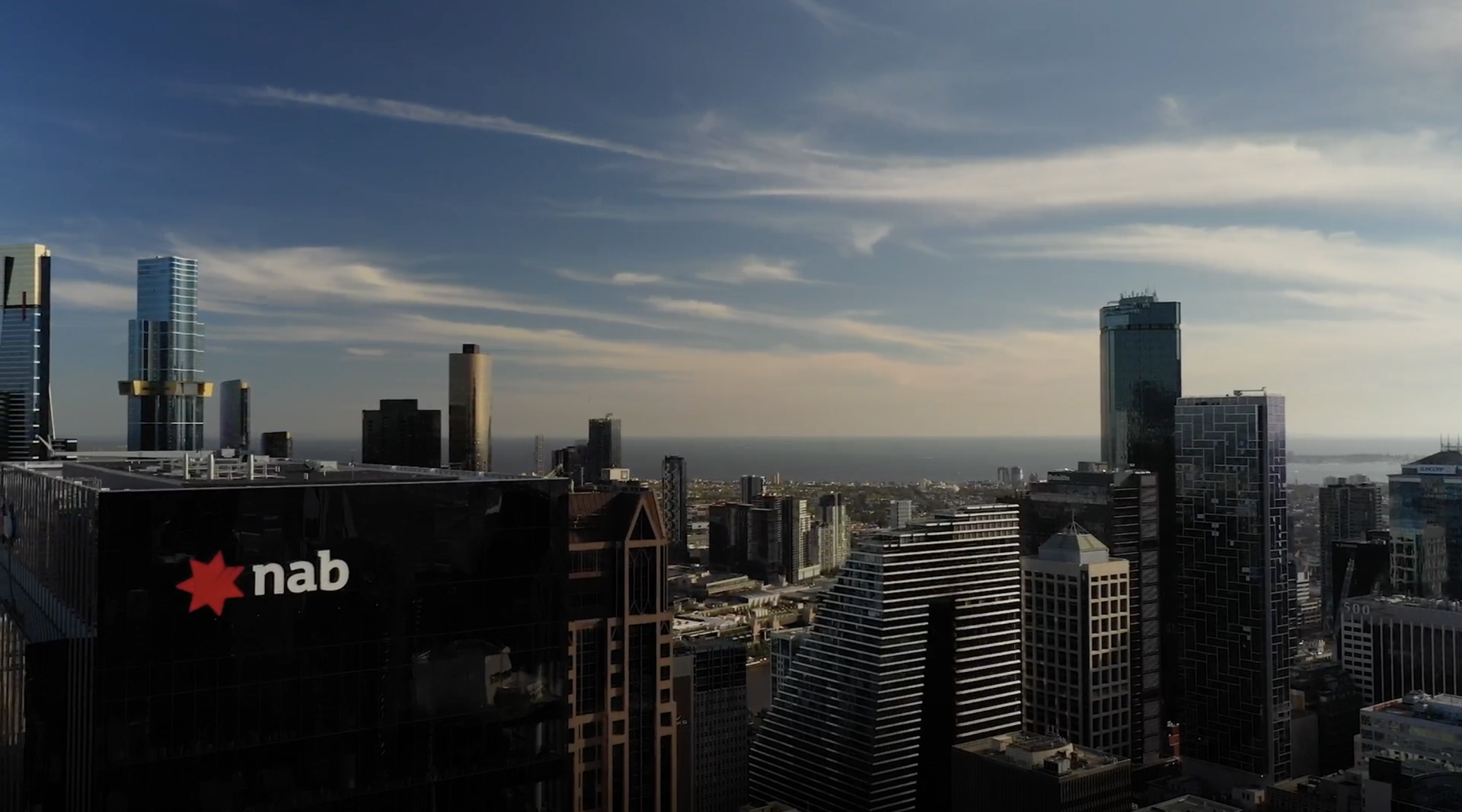Full report: NAB Residential Property Survey (Q1 2022)
The NAB Residential Property Index printed at a steady +58 pts in Q1 (+59 pts in Q4), buoyed by solid rents as house price growth softened. WA and the NT led the way, with sentiment lowest (by some margin) in VIC. Confidence however slipped further with the 12-month measure down for the fourth straight quarter to +49 pts and the 24-month measure falling to a below average +37 pts.
The survey also points to slower national house price growth in the next 1-2 years, with WA the clear out-performer and VIC trailing. Rents are however expected to grow well above average survey levels and outpace price growth in all states.
Though first home buyers remain the most active participants in new housing markets, the survey indicates their share of total sales dipped to a 2½-year low 40.5% in Q1. Market share of foreign buyers in this market however ticked up to a near 2-year high 7.9% nationally and accounted for an above average and 4-year high 1 in 10 sales in NSW – a development to watch as international borders start to re-open.
With interest rates widely tipped to start rising this year, property professionals also identified rates as a growing impediment for new housing development in all states, and a bigger impediment for established home buyers, with interest rates now impacting these buyers more than at any time over the past 10 years.
The view from NAB:
Our outlook for property prices is broadly unchanged in annual terms – where we expect an overall rise of around 2.5% this year, before prices decline by around 10% in 2023.
Overall, the housing market has turned slightly quicker in Sydney and Melbourne than we had expected in early-2022 but out-performed in the smaller capitals. We expect growth to slow in Brisbane and Adelaide, before turning negative at the back end of 2022, alongside falls in the larger capitals.
This is in line with our outlook for the RBA to begin steadily increasing rates from June this year, taking the cash rate to 1% by year’s end and 1.75% by end-2023. However, it is important to note that we see this as an orderly correction in house prices with the economy and labour market continuing to perform strongly and wage growth strengthening.
Overall, household balance sheets remain in good shape and the savings rate is still elevated, suggesting households will be able to adapt to higher interest rates.
For further information, please see the attached document or contact:
Alan Oster
Group Chief Economist
+(61 0) 414 444 652





